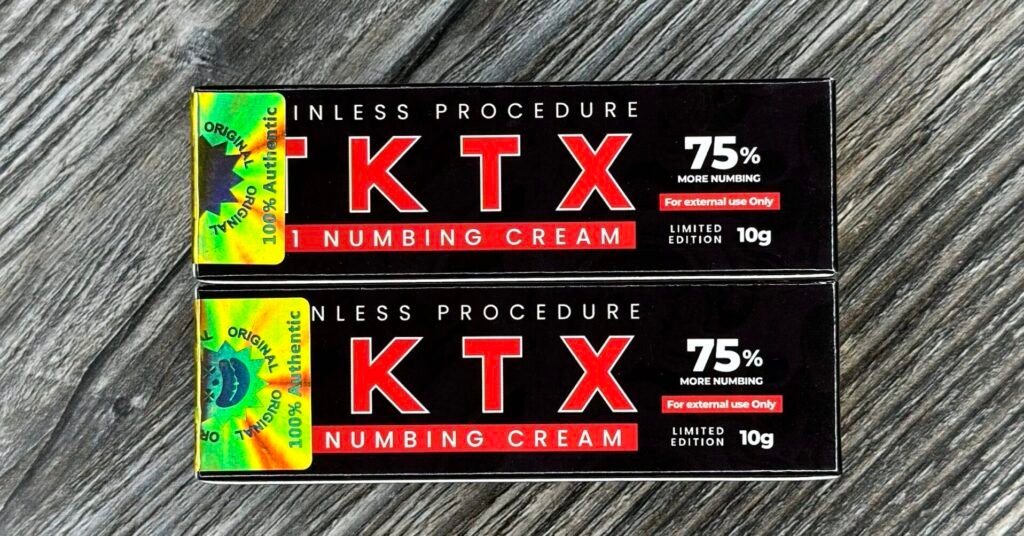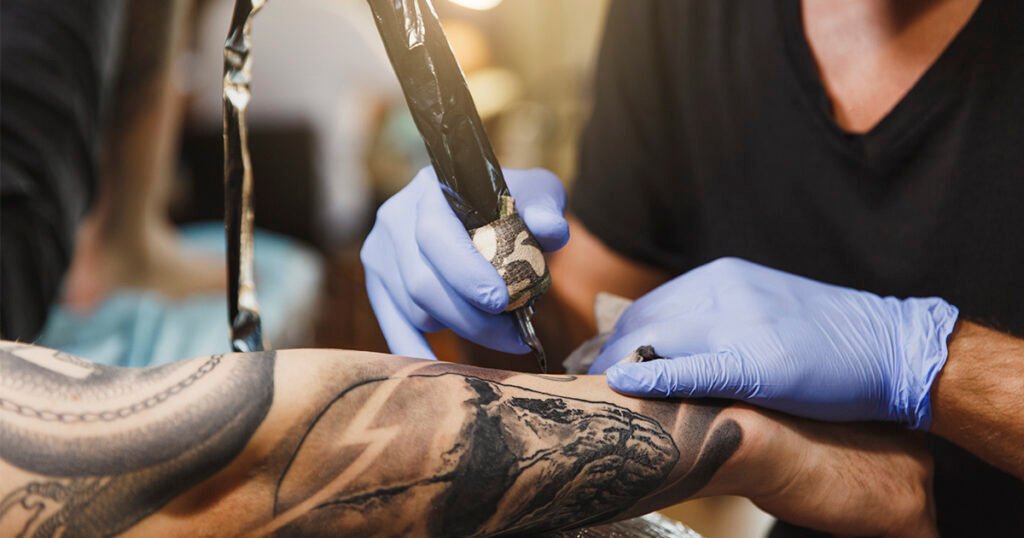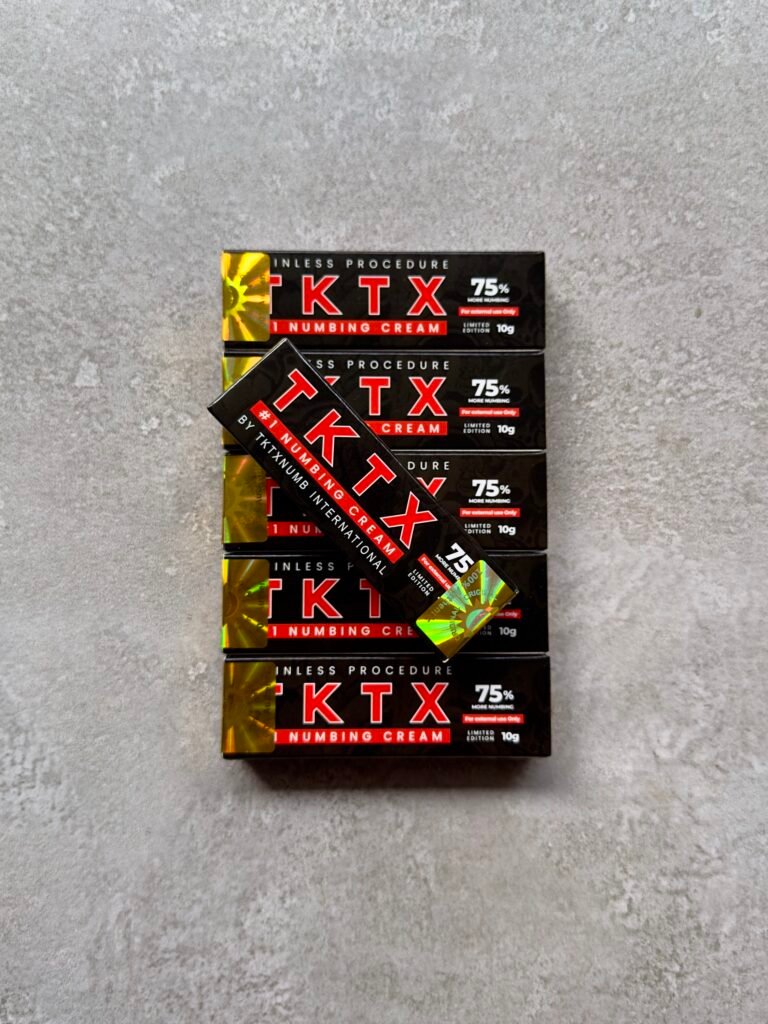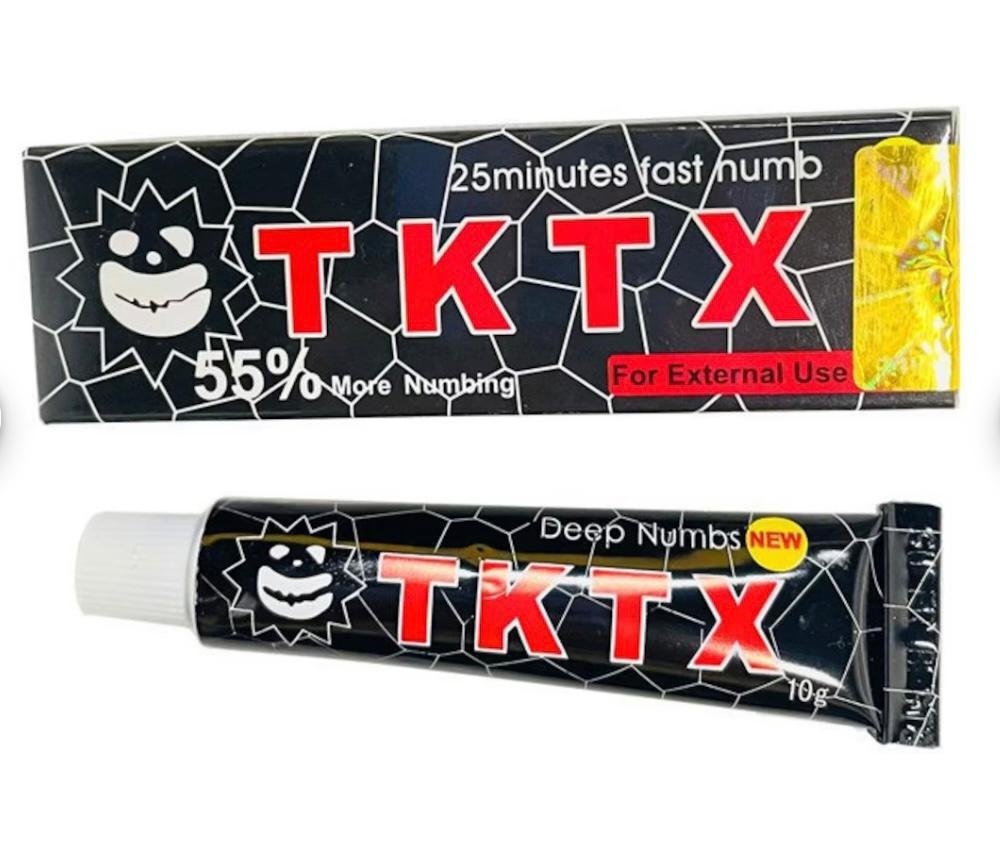Introduction
Getting a tattoo can be an exhilarating experience, but the pain associated with it often deters many from embracing the art form. Fortunately, modern advancements have provided a solution in the form of best numbing creams. These creams can significantly reduce the pain, making the tattooing process more comfortable. This guide will walk you through everything you need to know about using numbing cream for tattoos, from how it works to the best practices for application.
Understanding How Numbing Cream Works
Numbing creams are topical anesthetics that desensitize the skin, reducing or eliminating pain in the area where they are applied. These creams contain active ingredients such as lidocaine, prilocaine, benzocaine, or tetracaine, which work by blocking nerve signals in your body. When applied correctly, numbing creams can make the tattooing process much more bearable.

Types of Numbing Creams
- Lidocaine-based Creams: These are the most common and are known for their effectiveness in numbing the skin. Lidocaine is a powerful anesthetic that provides quick relief.
- Prilocaine-based Creams: These are often used in combination with lidocaine for a more prolonged effect.
- Benzocaine-based Creams: Benzocaine is a milder anesthetic often used for shorter periods of numbing.
- Tetracaine-based Creams: This is a potent anesthetic often used for more extensive numbing and is usually part of a compound cream.
Choosing the Right Numbing Cream
Selecting the right numbing cream for your tattoo session depends on several factors, including the size and location of the tattoo, your pain tolerance, and any skin sensitivities you might have. Here are some tips to help you choose the best numbing cream:
- Consult Your Tattoo Artist: Tattoo artists have experience with various numbing creams and can recommend the best one based on your specific needs.
- Check the Active Ingredients: Ensure the cream contains a sufficient concentration of active ingredients, typically around 4-5% lidocaine for effective pain relief.
- Read Reviews: Look for user reviews and testimonials to gauge the effectiveness and potential side effects of the cream.
- Patch Test: Always perform a patch test to check for any allergic reactions before applying the cream to a larger area.
Preparing Your Skin for Numbing Cream
Proper preparation is key to ensuring the effectiveness of the numbing cream. Follow these steps to prepare your skin:
- Clean the Area: Wash the area to be tattooed with mild soap and water. This removes any dirt, oils, or impurities that could interfere with the cream’s absorption.
- Exfoliate: Gently exfoliate the skin to remove dead skin cells, which helps the cream penetrate more effectively.
- Dry Thoroughly: Pat the area dry with a clean towel. Moisture can dilute the cream and reduce its efficacy.

Applying Numbing Cream: Step-by-Step Guide
Once your skin is prepared, follow these steps to apply the tattoo numbing cream properly:
- Wear Gloves: To avoid numbing your own fingers, wear disposable gloves during the application.
- Apply Generously: Spread a thick layer of the cream over the area to be tattooed. Do not rub it in as you would with lotion; instead, let it sit on the surface.
- Cover the Area: Use plastic wrap to cover the area where you applied the cream. This helps to trap heat and enhance the cream’s effectiveness.
- Wait: Allow the cream to sit for at least 45 minutes to an hour. Some creams might require longer; check the product instructions for the recommended time.
- Remove Excess Cream: Just before your tattoo session begins, remove the plastic wrap and wipe off any excess cream with a clean cloth or paper towel.
During the Tattoo Session
During the tattooing process, it’s important to communicate with your tattoo artist about your comfort levels. Here are some tips to keep in mind:
- Monitor Your Pain: Be aware of your pain levels. If you start feeling significant discomfort, let your artist know. They may be able to reapply a small amount of cream or take a short break.
- Stay Relaxed: Try to stay as relaxed as possible. Tensing up can increase your perception of pain.
- Hydrate and Snack: Keep yourself hydrated and have a light snack beforehand to maintain your energy levels.
Post-Tattoo Care
After your tattoo session, your skin will need proper care to heal effectively. Here’s how to take care of your new tattoo:
- Clean the Area: Gently wash the tattooed area with mild soap and water to remove any excess ink and cream residue.
- Apply a Healing Ointment: Use a recommended ointment or moisturizer to keep the skin hydrated and promote healing.
- Avoid Sun Exposure: Keep the tattooed area out of direct sunlight, as UV rays can damage the skin and affect the healing process.
- Follow Aftercare Instructions: Adhere to the aftercare instructions provided by your tattoo artist to ensure proper healing and to maintain the quality of your tattoo.

Potential Side Effects and Precautions
While numbing creams are generally safe, there are some potential side effects and precautions to consider:
- Skin Irritation: Some people may experience redness, swelling, or irritation. Discontinue use if these symptoms persist.
- Allergic Reactions: If you experience severe itching, hives, or difficulty breathing, seek medical attention immediately.
- Overuse: Using too much cream or applying it too frequently can lead to toxicity. Always follow the recommended dosage and usage instructions.
Conclusion
Using black numbing cream can significantly enhance your tattooing experience by minimizing pain and discomfort. By choosing the right product, preparing your skin properly, and following the correct application procedures, you can make your next tattoo session much more pleasant. Always consult with your tattoo artist and follow their recommendations to ensure the best results. With the right approach, you can master the art of pain management and fully enjoy the process of getting your new tattoo.

